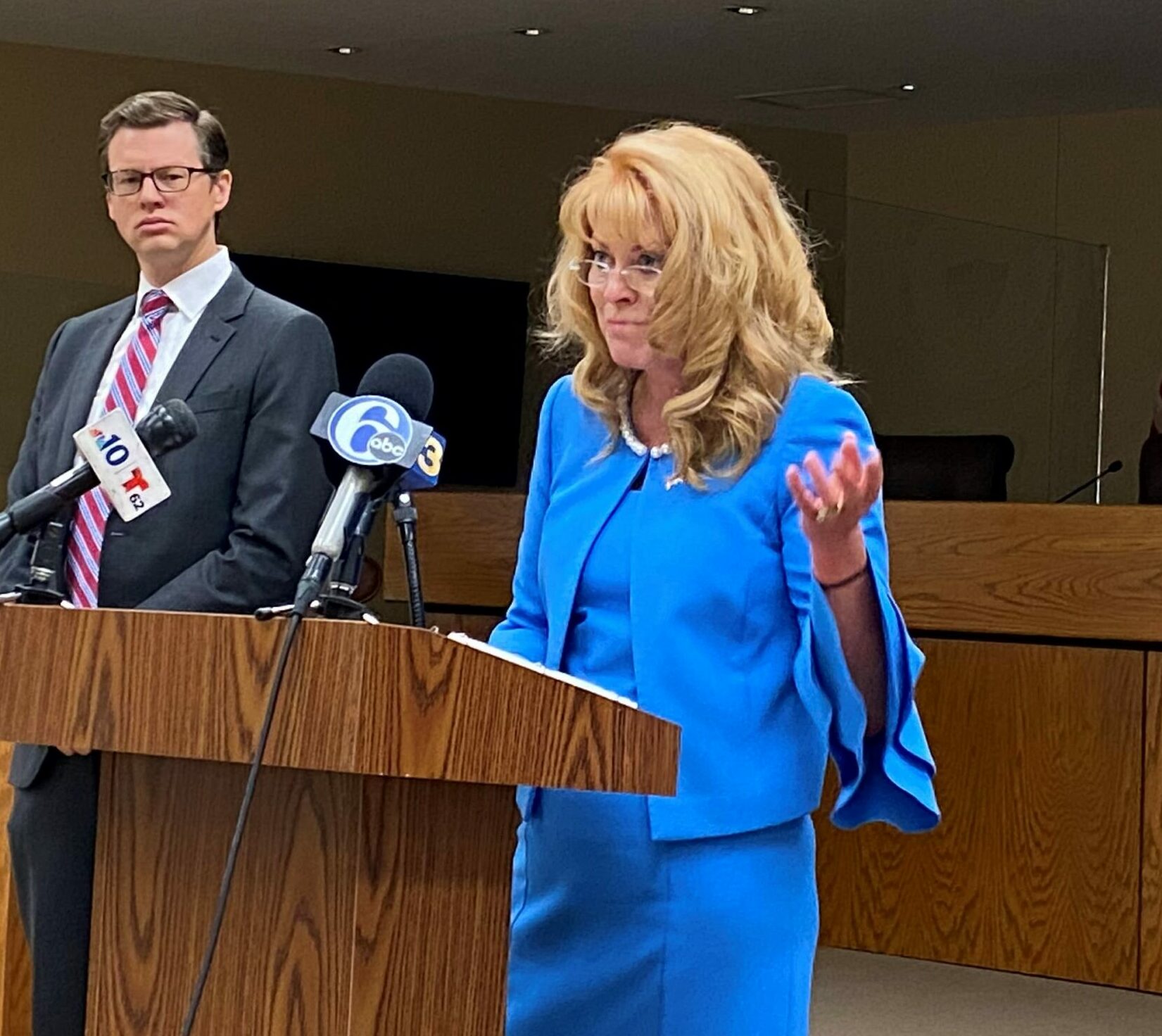ZANZALARI: Beware Retirees; Hedge Funds are Coming for Your Investments

Activist hedge funds are increasingly targeting closed-end funds (CEFs) to enrich themselves while ignoring the interests of retirees and retail investors. These corporate raiders threaten to undermine the entire CEF asset class, which is vital in many retail investors’ portfolios and the broader capital markets.
In recent years, activists have exploited a loophole in section 12 of the Investment Company Act to amass significant stakes in closed-end funds. This maneuver has led to a decline in CEFs, dropping from 495 in 2018 to 402 in 2023.
Notably, three primary firms — Saba Capital Management, Bulldog Investors, and Karpus Management — account for more than 80 percent of the surge in hostile activism.
Saba Capital Management (“Saba”) has framed its actions as promoting good corporate governance. However, its proxy contests against 10 BlackRock CEFs aim to engineer a liquidity event for short-term gains. Such a move could adversely affect long-term investors, particularly retirees and middle-class Americans, who rely on CEFs for stable fixed income and targeted growth.
The Increasing Investor Opportunities Act, passed by the U.S. House of Representatives in March with bipartisan support, seeks to address this issue by closing the loophole, thus preserving stability for investors in CEFs.
CEFs hold significant importance for long-term investors due to their unique advantages compared to open-end funds. Unlike open-end funds, which continuously issue new shares based on the net asset value (NAV), CEFs have a fixed number of shares that trade on stock exchanges throughout the day, like stocks. The fixed supply means that their market prices are driven by supply and demand, often resulting in prices that can be above (“premium”) or below (“discount”) the fund’s net asset value. Common types of CEFs include real estate funds and municipal bond funds, but they can also be a mix of stocks and bonds aimed at generating income. These investment avenues are particularly appealing to pension funds and retirement accounts.
Moreover, CEFs can invest in less liquid assets, such as private equity or startups, which are usually inaccessible to the average retail investor. This capability allows CEFs to offer investment opportunities typically reserved for high-net-worth individuals and institutional investors — thereby democratizing access to potentially lucrative markets. Additionally, most CEFs distribute regular dividends, making them attractive to retirees. In 2022, CEFs returned $16.7 billion to retail investors, with about 72 percent of these returns coming from income distributions.
According to Investment Company Institute data, households owning CEFs have a median age of 50 and a median household income of $100,000, with 39 percent being active retirees. Therefore, Saba targets income-generating investments that middle-class Americans and retirees rely upon.
Saba aims to profit from the discrepancy between the market prices and the net asset values of BlackRock’s CEFs, employing aggressive strategies such as proxy contests, shareholder proposals, director replacements, and conversions into open-end funds. While these actions can temporarily boost the fund’s market price, they generally yield unfavorable outcomes for most investors.
Specifically, forced liquidation could trigger untimely taxable events, necessitate reinvestment into potential higher fee or riskier alternatives, or disrupt established investment strategies. These strategies often deviate from the fund’s income generation objectives tailored to retirees and long-term retail investors.
A law firm aptly notes, “The predictable end result here … (is) coercing closed-end funds that cannot adequately protect themselves into delivering a short-term profit for the activist manager, its other like-minded allies, and their high-net-worth investors, at the expense of the long-term retail investing public.”
Despite Saba’s claims of eliminating discounts to net asset value, its takeover of two CEFs trading under the tickers BRW and SABA resulted in substantial discounts post-takeover, contrary to their assertions.
Saba’s activism is purely to pad its pockets. Its targeting of the EF space and its confrontation with BlackRock are not in the best interests of retail investors and retirees. Congress should pass the Increasing Investor Opportunities Act to prevent Saba and other corporate raiders from targeting CEFs.
Please follow DVJournal on social media: Twitter@DVJournal or Facebook.com/DelawareValleyJournal




